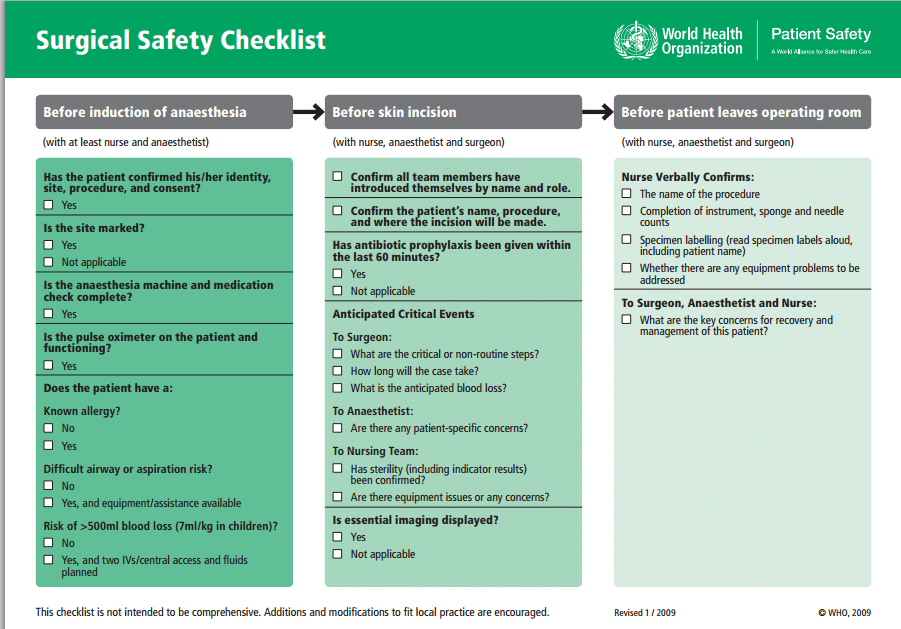Documentation: key to scaling social programs
Scaling service models depends on your ability to transfer knowledge effectively to other delivery teams in other organisations - service model documentation is key to this

Licensing your proven service models through platforms like ShareCraft helps you find and partner with others to scale your social programs. But turning that model into successful outcomes will also depend on your ability to transfer knowledge effectively to other delivery teams in other organisations. Replicating successful programs with fidelity requires great service model documentation and knowledge transfer systems.
Why is fidelity important?
Fidelity means to be 'true' to something - when we talk about delivery of service models with fidelity we mean delivering tasks and actions that are well-aligned and faithful to the principles and methods specified in the service model documents.
A service model is a combination of methods, processes, tasks, systems and principles that have been shown to be effective in addressing a social problem. It's the 'how we do things around here' to get the outcomes everyone wants. It is more than just a list of actions and tasks for your staff and clients, it also captures the style and way things are done - what we call the magic sauce - that can be critical to effectiveness.
To illustrate the role of service models, consider the evolution of traditional homelessness services to Housing First service models. Traditional approaches required individuals to demonstrate sobriety or drug treatment compliance before receiving housing support. Housing First revolutionised outcomes by recognising that stable housing must come first—it's the foundation that makes addressing other challenges possible. For organisations implementing a Housing First model, fidelity to this core sequence is essential for success.
This principle applies across all social interventions: the specific combination of methods, timing, relationships, and approaches that create your "magic sauce" must be preserved even as programs are implemented in new contexts.
The challenge of transferring knowledge
Transfer of knowledge of a complex, human-centred process is tricky. There are a range of ways to document processes and tasks, but they at least should include clear maps of processes, lists of tasks, and training materials to help workers deliver the core tasks.
One of the challenges is that the senior practitioners (the experts in the program) can find it difficult to document their own processes: they've internalised so much knowledge that critical steps become invisible to them. What feels automatic and obvious to an experienced practitioner isn't obvious to people new to a program. This "curse of knowledge" means that documentation can lack the granular detail needed for successful replication. Good documentation is complete and detailed, but organised in a way that's easy to navigate.
High-stakes professions like aviation and surgery address this through detailed process checklists used by even the most experienced medical staff (see sample surgical checklist below). Even experienced staff can make mistakes, so service documentation and checklists help ensure quality and low error services.

For complex service models we therefore recommend service model documentation is facilitated by an independent person (someone from elsewhere in the organisation or an external consultant). The obvious and non-obvious processes and tasks can then be captured with more objective clarity. In addition, the resources provided to a new team (or a licensee organisation) include a combination of documented materials along with live support such as team training sessions or on-call support to work through issues and get advice.
The Vicious Cycle of Poor Documentation
If the team doesn't get documentation right, it can lead to a cycle of declining benefit that can undermine a program's quality and outcomes:
- Documentation is not seen as a priority compared with day-to-day service delivery so it's not done or not done well
- Frontline staff avoid using documentation because it doesn't help them do their jobs better
- Inconsistent service delivery develops as staff rely on personal interpretation rather than proven best practices
- Outcomes vary across different practitioners and locations as the service is no longer standard
- Documentation becomes further outdated as it's not maintained or improved
This cycle can undermine program development and even weaken its ability to reliably deliver the promised outcomes. Breaking it requires treating documentation as a living, practical tool rather than a compliance exercise.
Social services are relationship-intensive by nature. Unlike manufacturing operations with standardised mechanical processes, social programs depend on human relationships, trust-building, and nuanced responses to individual needs. This complexity makes documentation more challenging but no less important.
Adaptation to different needs and context
Good documentation can also allow service models to be applied to different groups of people and in different contexts, without breaking the core model. This is done by creating different elements of a model.
- Universal elements that remain consistent across all implementations and beneficiaries and are core to successful outcomes
- Specialised components applied to different segments within a cohort (for example, an extra set of supports for people with disabilities accessing a program)
- Context-specific elements that may be adapted depending on the local conditions or needs
- Principles and methods that apply across the various stages and tasks as a 'way of doing things' - for example a 'trauma-informed' model might influence how a range of tasks are done in a program
- Staging and Timing which set expected time periods and order of tasks for different segments (for example a younger cohort might be given a longer time period for
Scaling social impact requires the right tools to make sure knowledge is transferred and service models can be delivered with fidelity to the model. This includes quality and detailed service model documentation and a team ready to support organisations to adapt the model to local conditions. We'll be exploring more about how to better document your service models in future blog posts.

